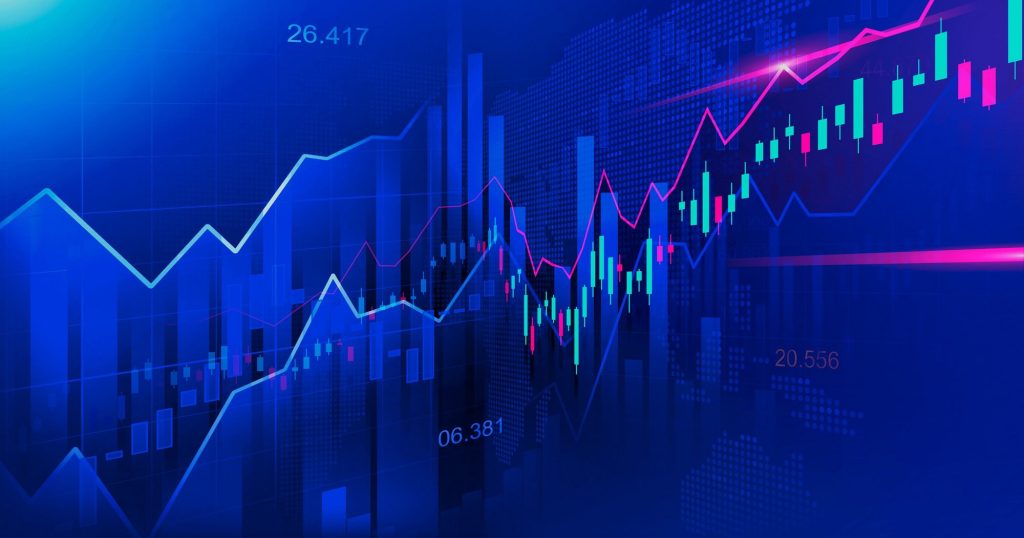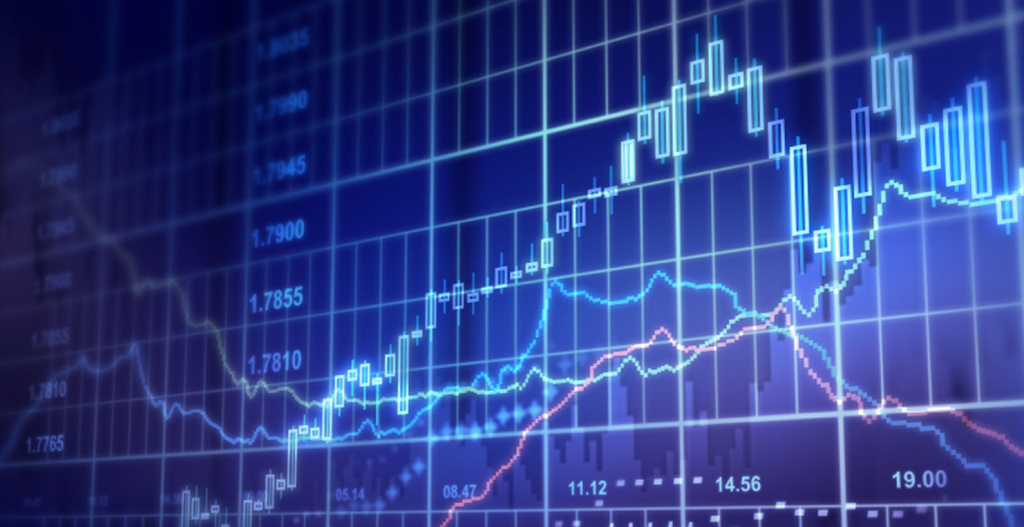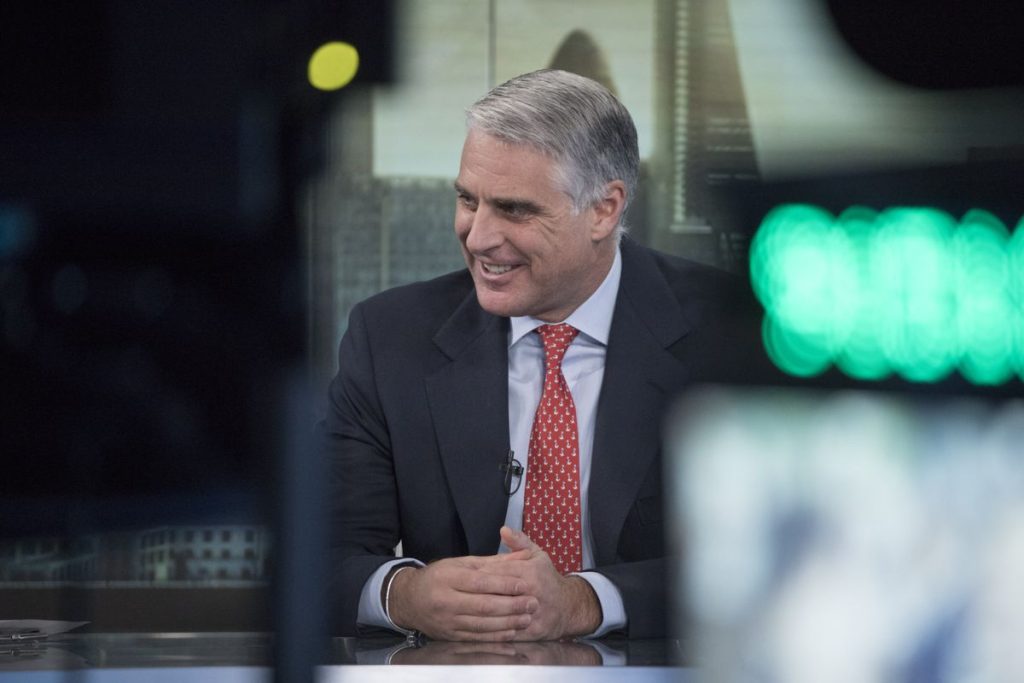Thai Precision, Global Reach: Exploring the Exclusive Features of Thailand Traders Broker
In the fast-paced world of online trading, precision and global reach are paramount for success. If you’re seeking a trading platform that combines Thai precision with a truly global approach, look no further than ThailandTraders Broker. This article will delve into the unique offerings that set exness login apart, ensuring you make informed decisions on your journey through the financial markets.
Precision in Every Trade:
ThailandTraders Broker is renowned for its commitment to precision. The platform’s user-friendly interface ensures seamless navigation, making it a perfect choice for both beginners and seasoned traders. With the integration of the exness MT5 platform, ThailandTraders takes precision to the next level, providing real-time market data and advanced trading tools at your fingertips.

Global Reach, Local Expertise:
One of the standout features of ThailandTraders is its ability to offer global market access while retaining a strong connection to its Thai roots. The platform’s partnership with Exness, a global leader in online trading, ensures a wide range of tradable assets and competitive spreads. Whether you’re interested in forex, commodities, or cryptocurrencies, ThailandTraders provides a comprehensive suite of options for your global investment portfolio.
Seamless Exness Integration:
The integration of the Exness MT5 platform into ThailandTraders enhances the trading experience. Users can enjoy a smooth and efficient trading process with the ability to access their accounts through the Exness login, ensuring a secure and personalized experience.
Your Path to Success:
As you embark on your trading journey, consider ThailandTraders Broker as your reliable companion. The combination of Thai precision and global reach, coupled with the advanced features of the exness mt5 platform, positions you for success in the dynamic world of online trading. Take advantage of the unique offerings of ThailandTraders and navigate the global markets with confidence.
In conclusion, ThailandTraders Broker stands out as a beacon of precision and global accessibility. Embrace the unique features offered by this platform, powered by Exness, and elevate your trading experience to new heights.






